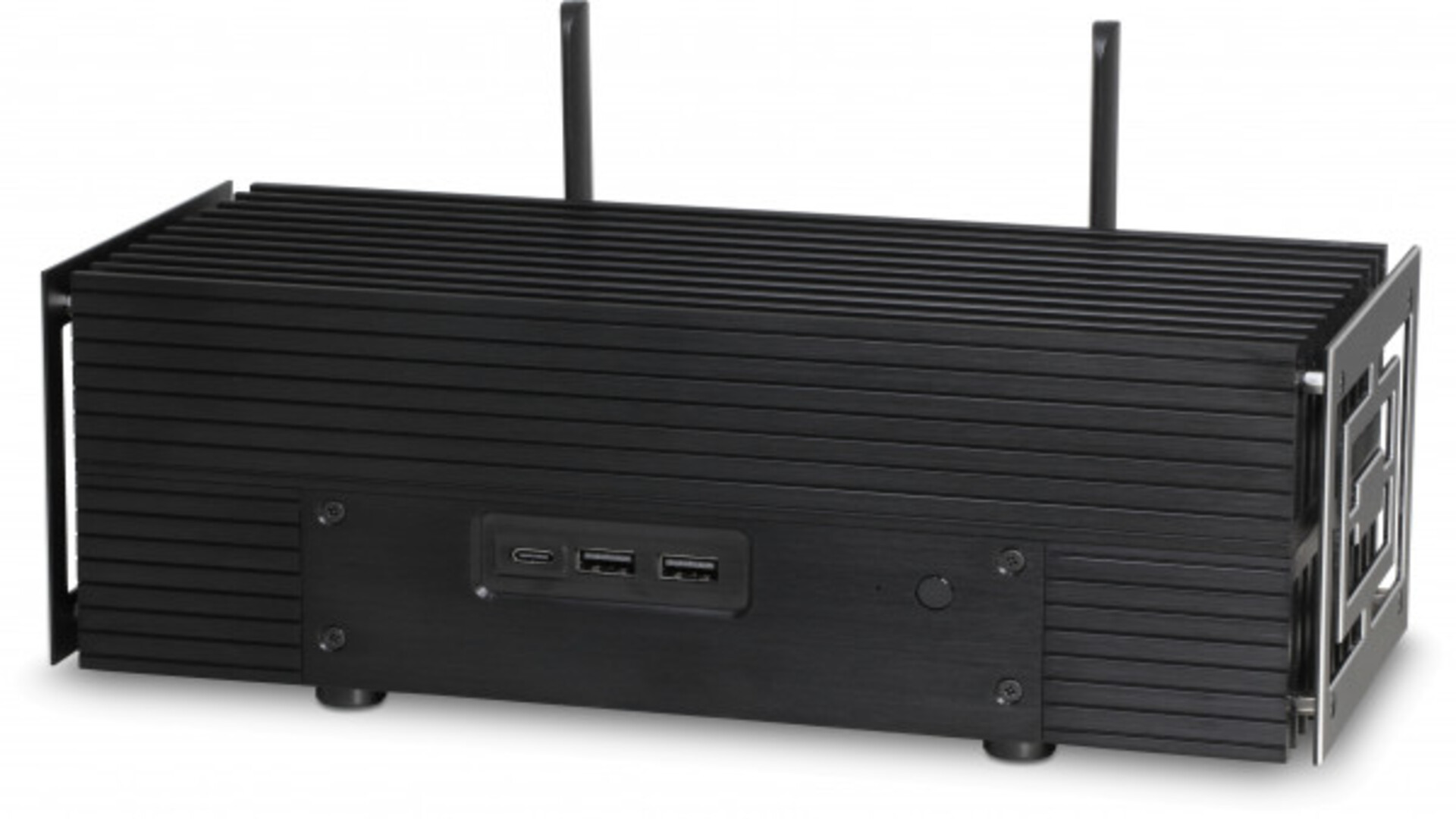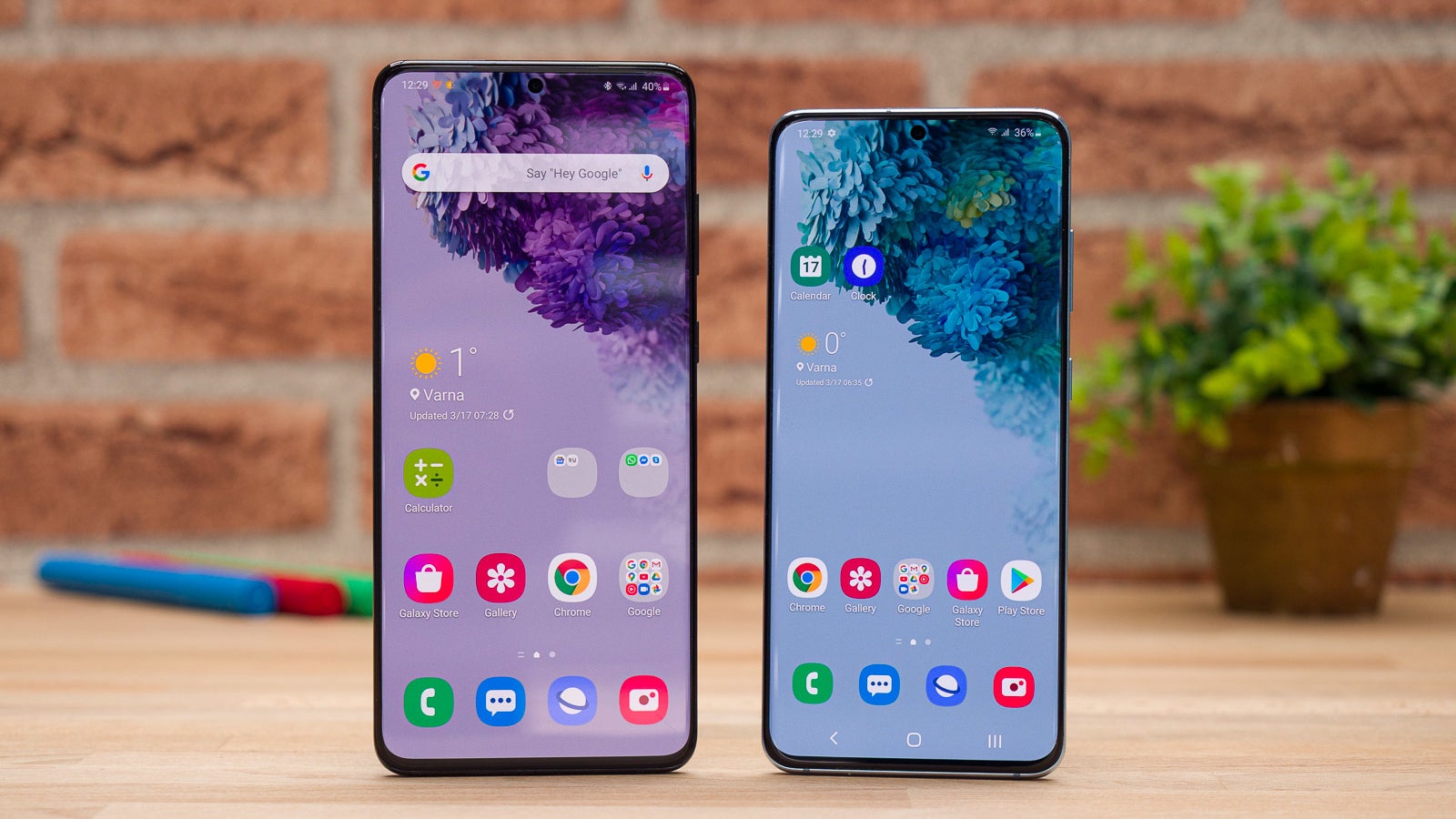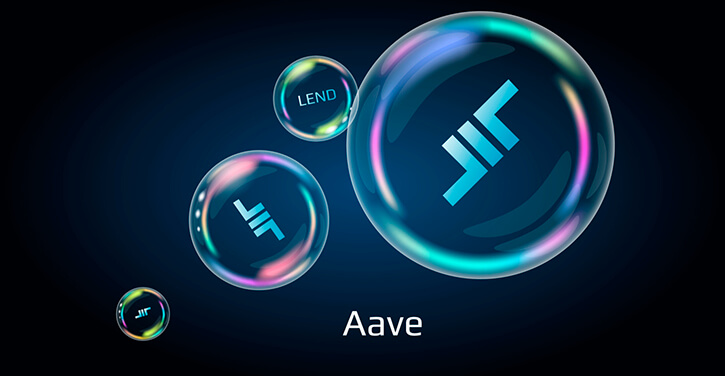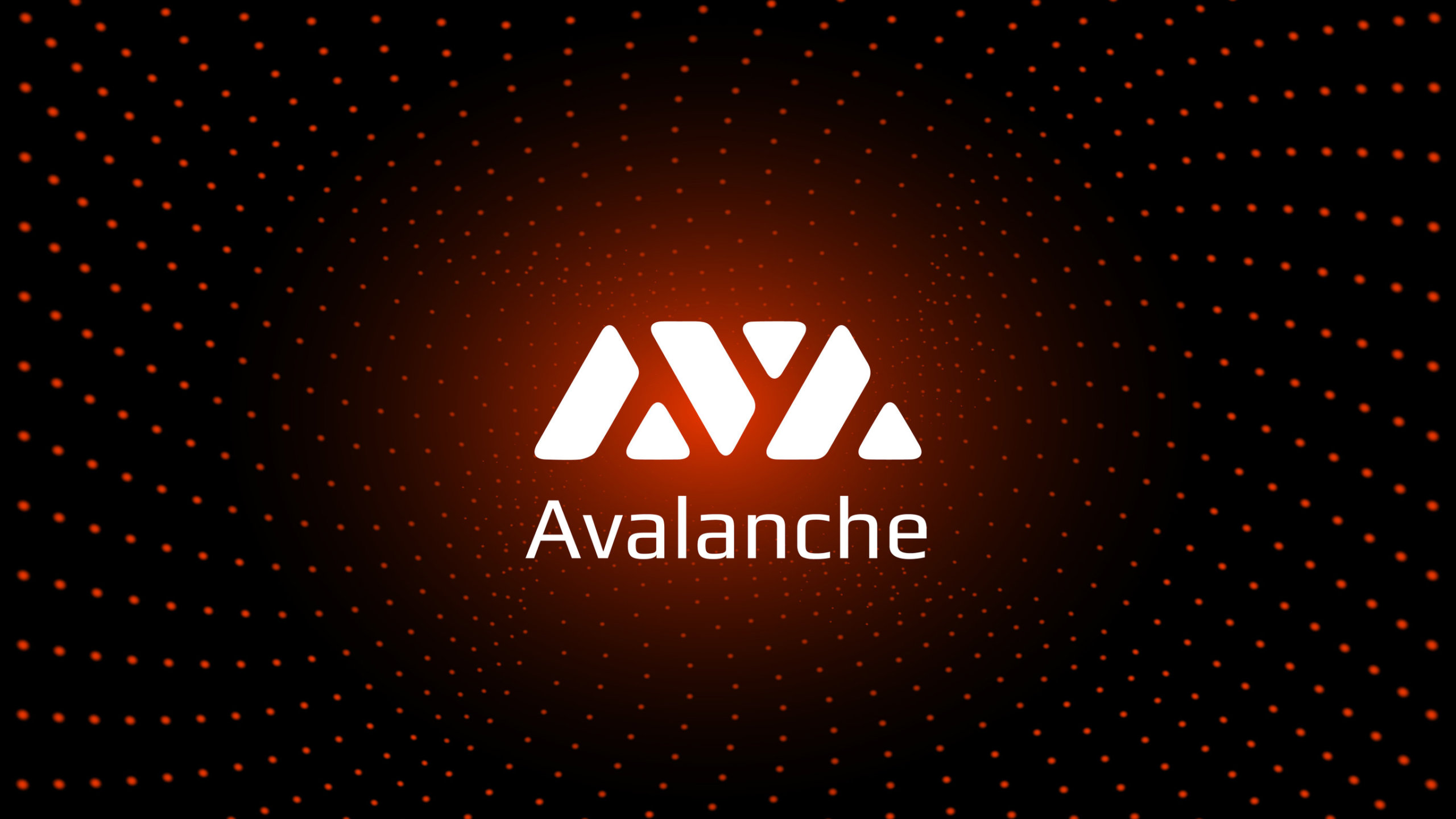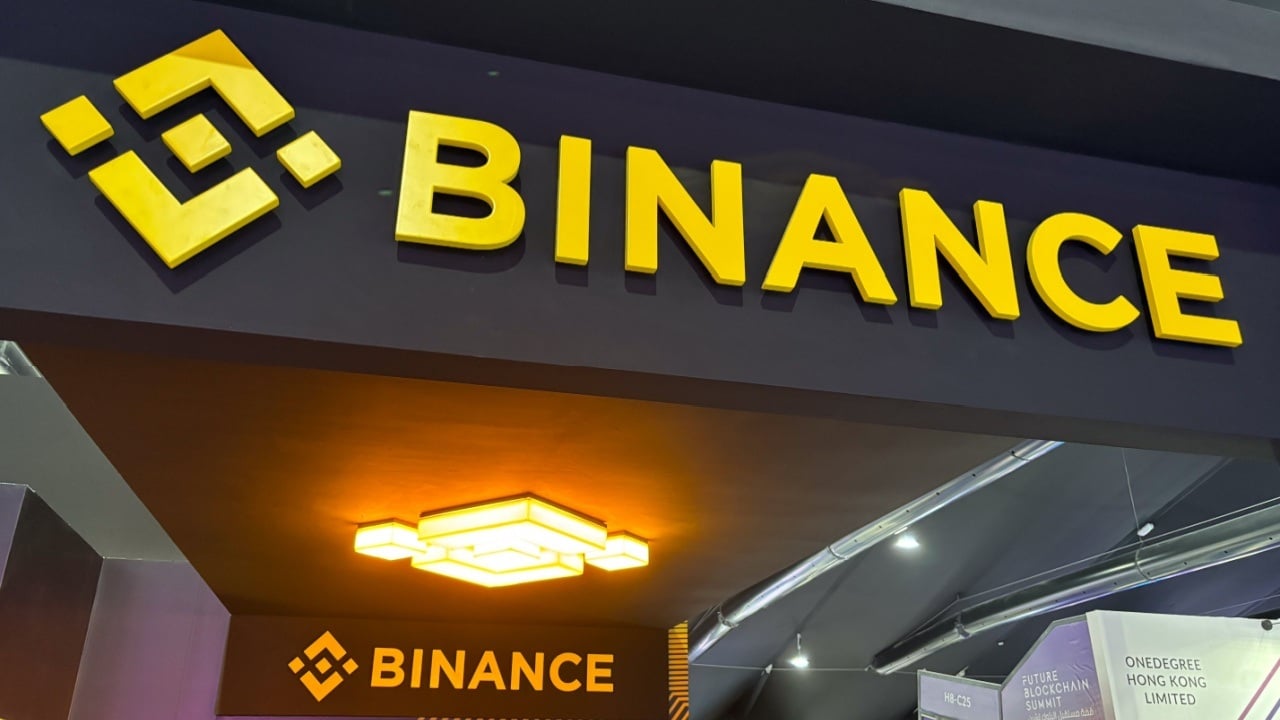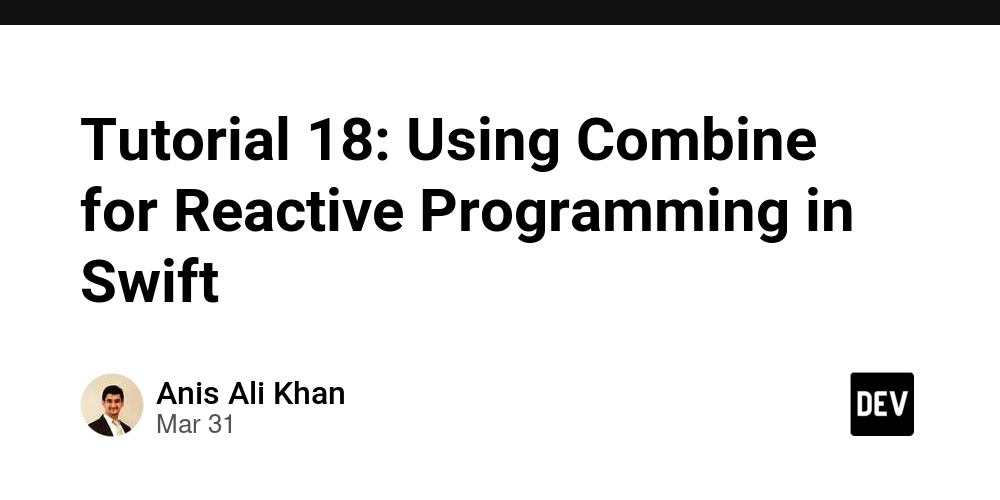AWS Fargate vs Google Cloud Run: Serverless Container Wars
Introduction Serverless computing has revolutionized cloud-native development, enabling developers to focus on writing code without worrying about infrastructure management. In the DevOps ecosystem, serverless container platforms like AWS Fargate and Google Cloud Run have emerged as powerful solutions for deploying and managing containerized applications. This blog explores their key differences, advantages, use cases, and implementation strategies, helping DevOps professionals make informed choices. What is AWS Fargate vs Google Cloud Run? AWS Fargate AWS Fargate is a serverless container orchestration service that eliminates the need to manage EC2 instances while running containers on Amazon Elastic Container Service (ECS) or Amazon Elastic Kubernetes Service (EKS). It dynamically allocates resources, simplifying deployment and scaling. Google Cloud Run Google Cloud Run is a fully managed serverless platform designed to run stateless HTTP-driven containers. It automatically scales instances based on traffic, supporting Kubernetes workloads while providing seamless integration with other Google Cloud services. How it Works AWS Fargate Architecture Runs containers directly without managing EC2 instances. Uses AWS networking (VPC, security groups) for secure communication. Compatible with ECS and EKS, allowing easy container orchestration. Supports integration with AWS services like IAM, CloudWatch, and Secrets Manager. Google Cloud Run Architecture Deploys stateless applications using container images (Docker-supported). Automatically scales instances up and down based on incoming requests. Supports Kubernetes workloads via Cloud Run for Anthos. Seamless integration with Google services like Cloud Build and Cloud IAM. Key Features & Benefits Feature AWS Fargate Google Cloud Run Serverless Yes Yes Scaling Auto-scales based on demand Auto-scales per request Kubernetes Support EKS Support Cloud Run for Anthos Security IAM, VPC, Secrets Manager IAM, encrypted traffic Cost Efficiency Pay for used vCPU & memory Pay per request execution Use Cases & Industry Adoption AWS Fargate Use Cases: Running microservices in a serverless environment. CI/CD pipeline automation using ECS. Event-driven applications with AWS Lambda. Google Cloud Run Use Cases: Running API backends and web services. Stateless applications requiring rapid scaling. Containerized AI/ML model deployment. Comparison with Alternatives Feature AWS Fargate Google Cloud Run Kubernetes Lambda Infrastructure Management Serverless Serverless Requires Management Fully Managed Scaling Auto Auto Manual Auto Persistent Storage Yes Limited Yes No Pricing Model vCPU & RAM Per request Compute & Storage Execution time Step-by-Step Implementation Deploying a Container on AWS Fargate aws ecs create-cluster --cluster-name my-cluster aws ecs create-task-definition --family my-task --network-mode awsvpc \ --container-definitions '[{"name": "my-container", "image": "my-image"}]' aws ecs create-service --cluster my-cluster --service-name my-service \ --task-definition my-task --desired-count 1 Deploying a Container on Google Cloud Run gcloud run deploy my-service --image gcr.io/my-project/my-image --platform managed \ --allow-unauthenticated Latest Updates & Trends AWS Fargate: Recent optimizations include cost reduction strategies and better integration with AWS observability tools. Google Cloud Run: Introduced GPU support for AI workloads, making it ideal for ML-based applications. Challenges & Considerations AWS Fargate Challenges: Higher costs compared to EC2-based deployments, limited regional availability. Google Cloud Run Challenges: Stateless nature limits complex applications, cold start latencies. Conclusion & Future Scope Serverless containers are shaping the future of DevOps, reducing operational overhead while enhancing scalability. AWS Fargate and Google Cloud Run serve different workloads, making them essential tools for modern cloud-native applications. As serverless computing advances, expect more seamless integrations, improved cost efficiency, and expanded regional support. References & Further Learning AWS Fargate Documentation Google Cloud Run Documentation Comparing AWS Fargate vs Google Cloud Run
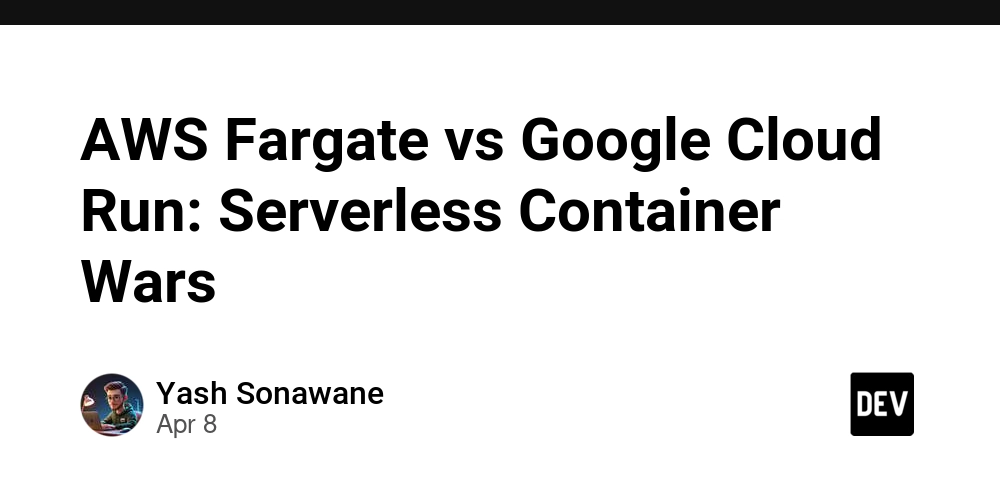
Introduction
Serverless computing has revolutionized cloud-native development, enabling developers to focus on writing code without worrying about infrastructure management. In the DevOps ecosystem, serverless container platforms like AWS Fargate and Google Cloud Run have emerged as powerful solutions for deploying and managing containerized applications. This blog explores their key differences, advantages, use cases, and implementation strategies, helping DevOps professionals make informed choices.
What is AWS Fargate vs Google Cloud Run?
AWS Fargate
AWS Fargate is a serverless container orchestration service that eliminates the need to manage EC2 instances while running containers on Amazon Elastic Container Service (ECS) or Amazon Elastic Kubernetes Service (EKS). It dynamically allocates resources, simplifying deployment and scaling.
Google Cloud Run
Google Cloud Run is a fully managed serverless platform designed to run stateless HTTP-driven containers. It automatically scales instances based on traffic, supporting Kubernetes workloads while providing seamless integration with other Google Cloud services.
How it Works
AWS Fargate Architecture
- Runs containers directly without managing EC2 instances.
- Uses AWS networking (VPC, security groups) for secure communication.
- Compatible with ECS and EKS, allowing easy container orchestration.
- Supports integration with AWS services like IAM, CloudWatch, and Secrets Manager.
Google Cloud Run Architecture
- Deploys stateless applications using container images (Docker-supported).
- Automatically scales instances up and down based on incoming requests.
- Supports Kubernetes workloads via Cloud Run for Anthos.
- Seamless integration with Google services like Cloud Build and Cloud IAM.
Key Features & Benefits
| Feature | AWS Fargate | Google Cloud Run |
|---|---|---|
| Serverless | Yes | Yes |
| Scaling | Auto-scales based on demand | Auto-scales per request |
| Kubernetes Support | EKS Support | Cloud Run for Anthos |
| Security | IAM, VPC, Secrets Manager | IAM, encrypted traffic |
| Cost Efficiency | Pay for used vCPU & memory | Pay per request execution |
Use Cases & Industry Adoption
-
AWS Fargate Use Cases:
- Running microservices in a serverless environment.
- CI/CD pipeline automation using ECS.
- Event-driven applications with AWS Lambda.
-
Google Cloud Run Use Cases:
- Running API backends and web services.
- Stateless applications requiring rapid scaling.
- Containerized AI/ML model deployment.
Comparison with Alternatives
| Feature | AWS Fargate | Google Cloud Run | Kubernetes | Lambda |
|---|---|---|---|---|
| Infrastructure Management | Serverless | Serverless | Requires Management | Fully Managed |
| Scaling | Auto | Auto | Manual | Auto |
| Persistent Storage | Yes | Limited | Yes | No |
| Pricing Model | vCPU & RAM | Per request | Compute & Storage | Execution time |
Step-by-Step Implementation
Deploying a Container on AWS Fargate
aws ecs create-cluster --cluster-name my-cluster
aws ecs create-task-definition --family my-task --network-mode awsvpc \
--container-definitions '[{"name": "my-container", "image": "my-image"}]'
aws ecs create-service --cluster my-cluster --service-name my-service \
--task-definition my-task --desired-count 1
Deploying a Container on Google Cloud Run
gcloud run deploy my-service --image gcr.io/my-project/my-image --platform managed \
--allow-unauthenticated
Latest Updates & Trends
- AWS Fargate: Recent optimizations include cost reduction strategies and better integration with AWS observability tools.
- Google Cloud Run: Introduced GPU support for AI workloads, making it ideal for ML-based applications.
Challenges & Considerations
- AWS Fargate Challenges: Higher costs compared to EC2-based deployments, limited regional availability.
- Google Cloud Run Challenges: Stateless nature limits complex applications, cold start latencies.
Conclusion & Future Scope
Serverless containers are shaping the future of DevOps, reducing operational overhead while enhancing scalability. AWS Fargate and Google Cloud Run serve different workloads, making them essential tools for modern cloud-native applications. As serverless computing advances, expect more seamless integrations, improved cost efficiency, and expanded regional support.




































































































































































![[The AI Show Episode 142]: ChatGPT’s New Image Generator, Studio Ghibli Craze and Backlash, Gemini 2.5, OpenAI Academy, 4o Updates, Vibe Marketing & xAI Acquires X](https://www.marketingaiinstitute.com/hubfs/ep%20142%20cover.png)



















































































































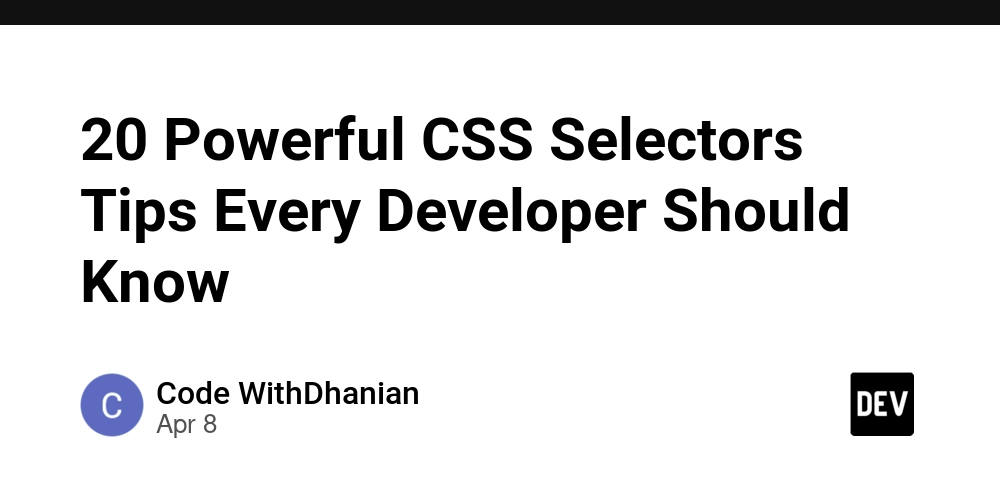

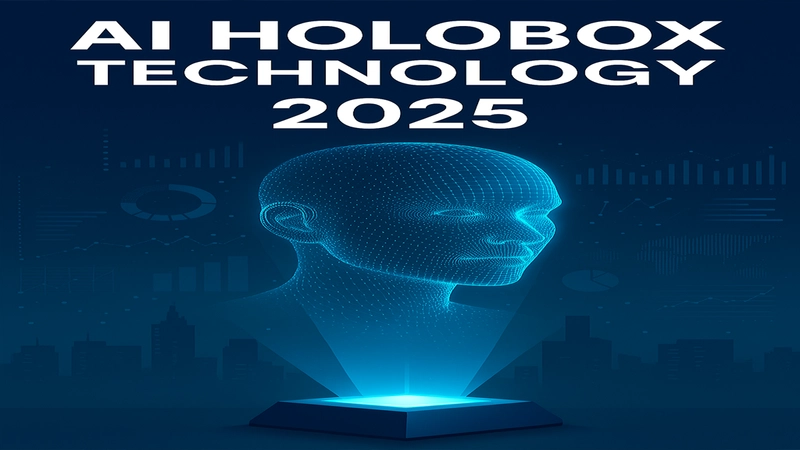












![From drop-out to software architect with Jason Lengstorf [Podcast #167]](https://cdn.hashnode.com/res/hashnode/image/upload/v1743796461357/f3d19cd7-e6f5-4d7c-8bfc-eb974bc8da68.png?#)















































































































(1).jpg?width=1920&height=1920&fit=bounds&quality=80&format=jpg&auto=webp#)















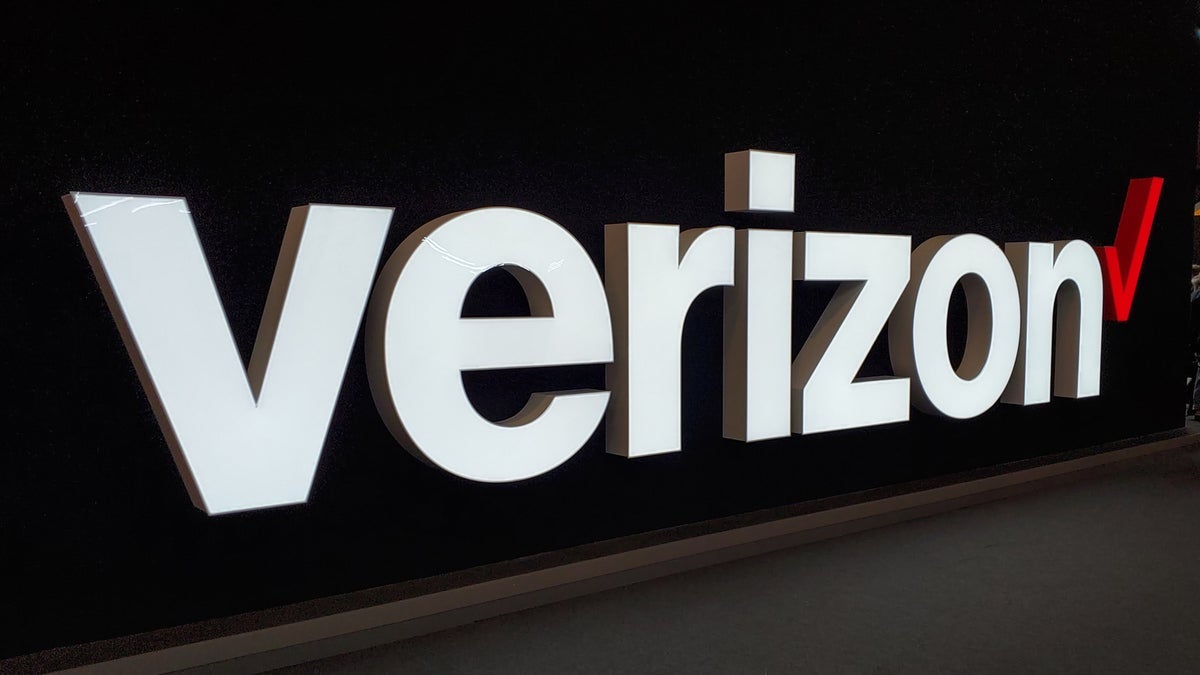













_NicoElNino_Alamy.png?#)
.webp?#)
.webp?#)





































































































![New iOS 19 Leak Allegedly Reveals Updated Icons, Floating Tab Bar, More [Video]](https://www.iclarified.com/images/news/96958/96958/96958-640.jpg)

![Apple to Source More iPhones From India to Offset China Tariff Costs [Report]](https://www.iclarified.com/images/news/96954/96954/96954-640.jpg)
![Blackmagic Design Unveils DaVinci Resolve 20 With Over 100 New Features and AI Tools [Video]](https://www.iclarified.com/images/news/96951/96951/96951-640.jpg)
















